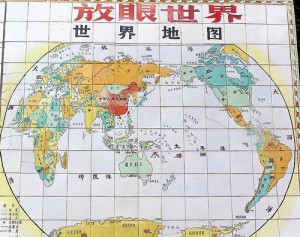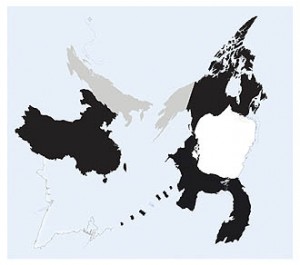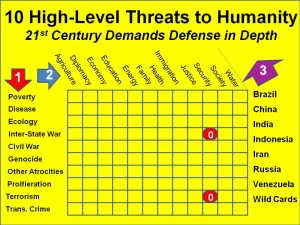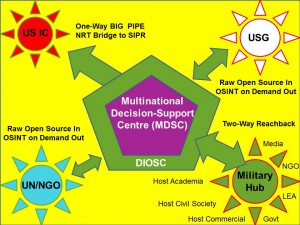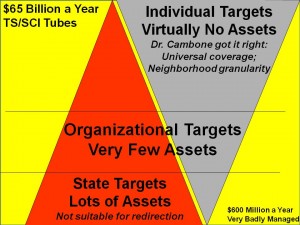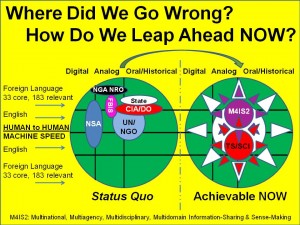Thanks for this search. The map you want is the first one. We decided to go ahead and list all the other maps we found along the way.
2002 Jongman (NL) World Conflict & Human Rights Map 2001/2002
2001 Jongman (NL) World Conflict & Human Rights Map
Graphic: Simplified World Conflict Map
Search: world map with 8 conflicts
Search: caliphate variant 100-year war
Graphic: China-Centered View of the World
Journal: Experimental Cultural Geography
Graphic: Robert Steele Adopts Buckminster Fuller
Reference: Map of Multilateral Peace Operation Deployments
Journal: Kansas State Team has Mapped the “Seven Deadly Sins” of America

